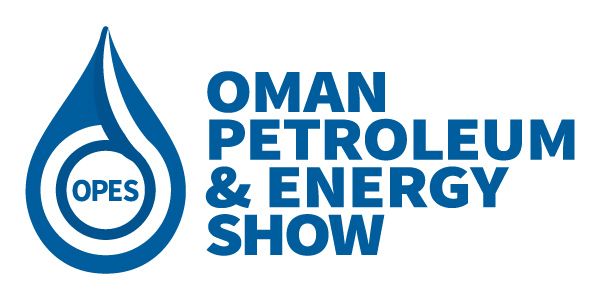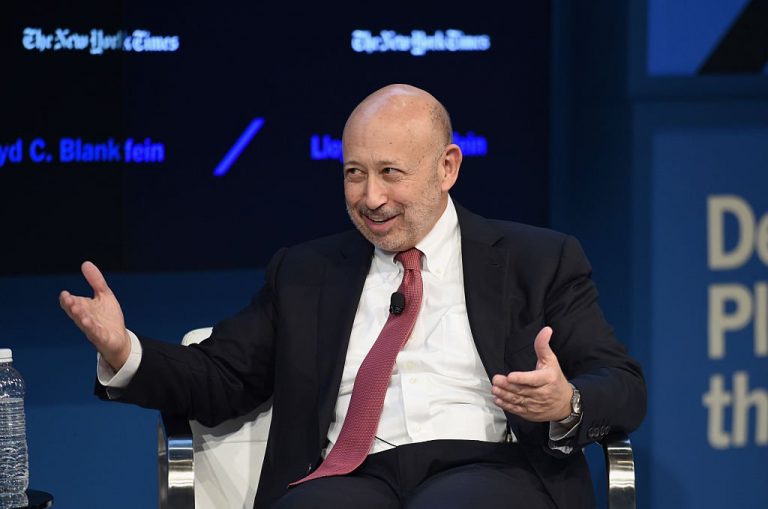Goldman Sachs Group Inc., leading global investment banking, securities, and investment management firm, has called bullish outlook for oil despite the recent dip in prices over OPEC and Russia planned production boost.
Analysts at Goldman Sachs, including Damien Courvalin in a May 25, 2018 report said the plan by Saudi Arabia and Russia to revive production after over a year of curbs signals supplies are currently tight, and it isn’t a bearish development.
Prices started falling after Saudi Arabia and Russia last week signaled they’ll restore some of the output they halted as part of an accord with 22 other nations. However, most producers weren’t consulted about the proposal to revive supplies.
Brent crude, the benchmark for more than half the world’s oil, slid 1.5 percent to $75.30 a barrel at 11:21 a.m. in London. Futures in London had risen above $80 a barrel earlier this month for the first time since November 2014. U.S. West Texas Intermediate was down 1.8 percent at $66.67 a barrel in New York, after climbing to as high as $72.83 on May 22.
However, the bank’s analysts said even if the nations boost output by 1 million barrels a day, it would only offset involuntary production declines.
A gradual implementation of a plan to boost output by 1 million barrels a day would still leave the market in deficit through the third quarter of 2018, according to Goldman, adding that ongoing disruptions in economically fragile OPEC member Venezuela and potential losses from fellow group member Iran because of renewed U.S. sanctions on the Islamic Republic are likely to partially offset this higher supply.
Goldman has been an oil bull since early last year, saying growing demand and output reductions by Organization of Petroleum Exporting Countries (OPEC) and its allies will help revive crude from the worst crash in a generation. Now, as prices retreat after surging to levels last seen in 2014, the bank is sticking to its optimistic stance and sees the current decline as temporary.
“The current level of the market deficit, the robustness of the demand backdrop, and the rising levels of disruptions all set the stage for inventories to fall further,” the analysts wrote in the May 25 report, which follows another earlier this month, when it admonished money managers who cut their bullish bets on oil.
The bank said the proposal for OPEC to lift output would require additional increases in production in 2019, which will further reduce already limited spare capacity next year.
Suhail Al Mazrouei, energy minister for the United Arab Emirates and current holder of OPEC’s rotating presidency, said the group as a whole will decide whether to adjust production. The countries are said to have concluded that the market re-balanced in April.
Goldman Sachs believes that the pace of demand growth would be sustained even if Brent crude is at $80 a barrel, and there are infrastructure problems that pose hurdles to bringing surging North American production to the market. It added that the global oil balance will need further increases in OPEC and Russian production in 2019, reiterating its $82.50-a-barrel Brent price forecast for the third quarter of 2018.
Goldman still sees “risks to prices in the second half of 2018-2019 as skewed to further upside.”, adding that “historically, prices have declined after the announcement of OPEC production increases, however, when these occurred in a strong demand environment like today, prices were on average 8 percent higher than pre-announcement two months later.”
Outlook for oil still bullish despite Saudi-Russia crude plan, says Goldman Sachs
0
0
SHARES
Ayobami Adedinni
Ayobami founded The Energy Intelligence in 2017. He is an experienced energy journalist having previously worked for two national dailies. At The Energy Intelligence, Ayobami provides market intelligence to leaders in the African clean energy space. When he's not writing, he's busy daydreaming.
Newsletter
Join thousands of other senior energy decision makers and gain access to exclusive stories and reports
SUBSCRIBE
Category
- Amazons in Energy
- Bio Energy
- Clean Cooking
- Climate Change
- EnergyPreneur
- Environment
- Events
- Food and Pharmaceuticals
- Gas
- Geothermal Energy
- Governance
- GreenTech Made in Africa
- Hydro Power
- Hydrogen Power
- Industry News
- Insight
- Logistics
- Magazine
- Marine Services
- Nuclear Power
- Oil
- Partners
- Press Release
- Recycling
- Solar Energy
- Solid Minerals
- Sustainable Mobility
- Technergy
- Uncategorized
- Wind Power
Our Mission
The Energy Intelligence is dedicated to focusing on all the key trends and developments that are emerging from within the Global Energy industry through Business Intelligence, Networking and Strategic Communications.




















